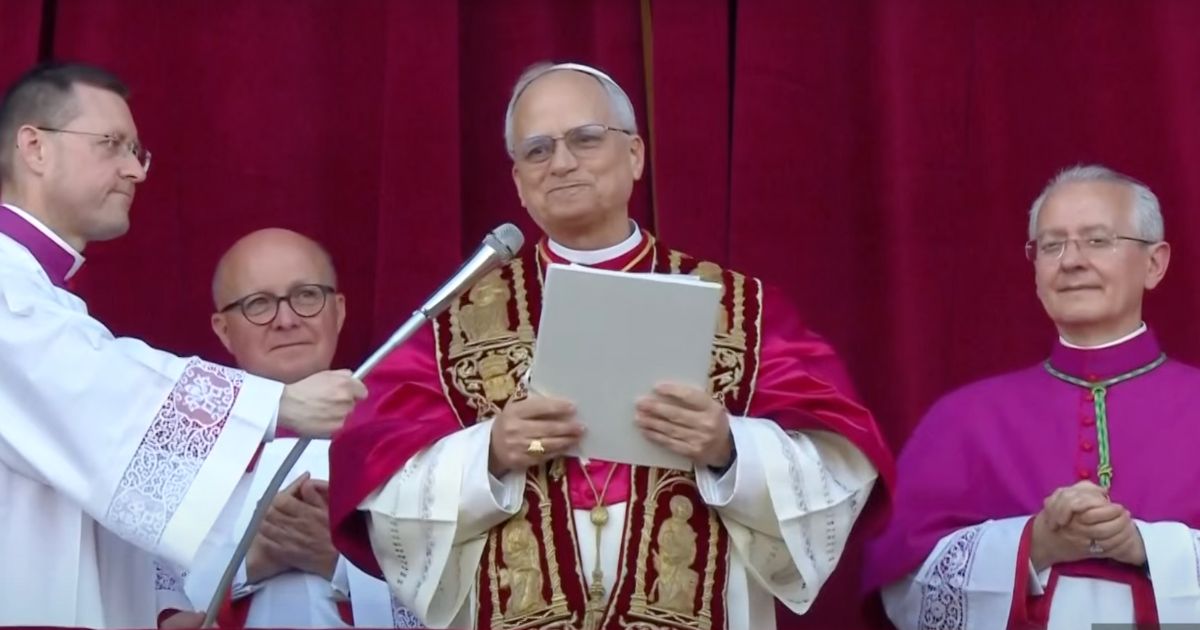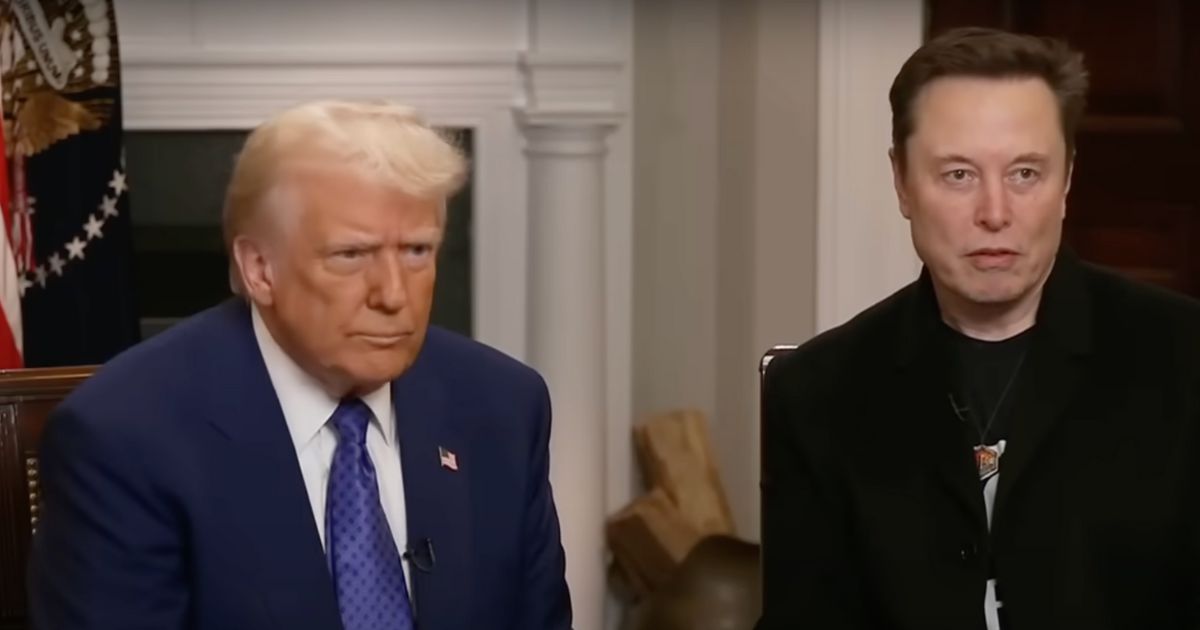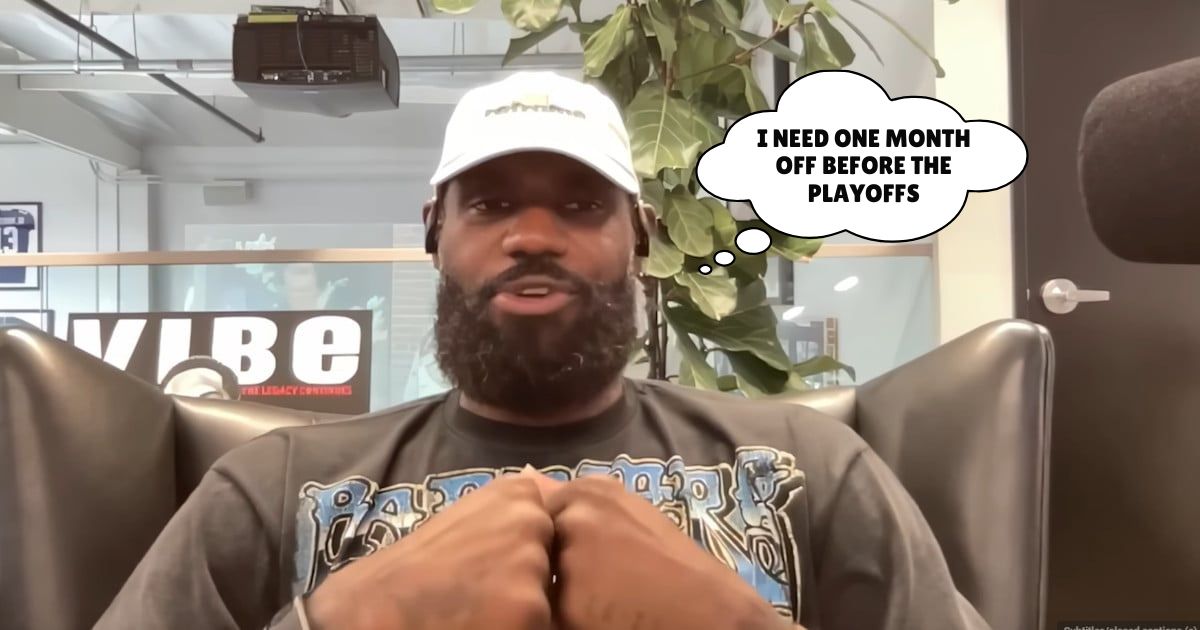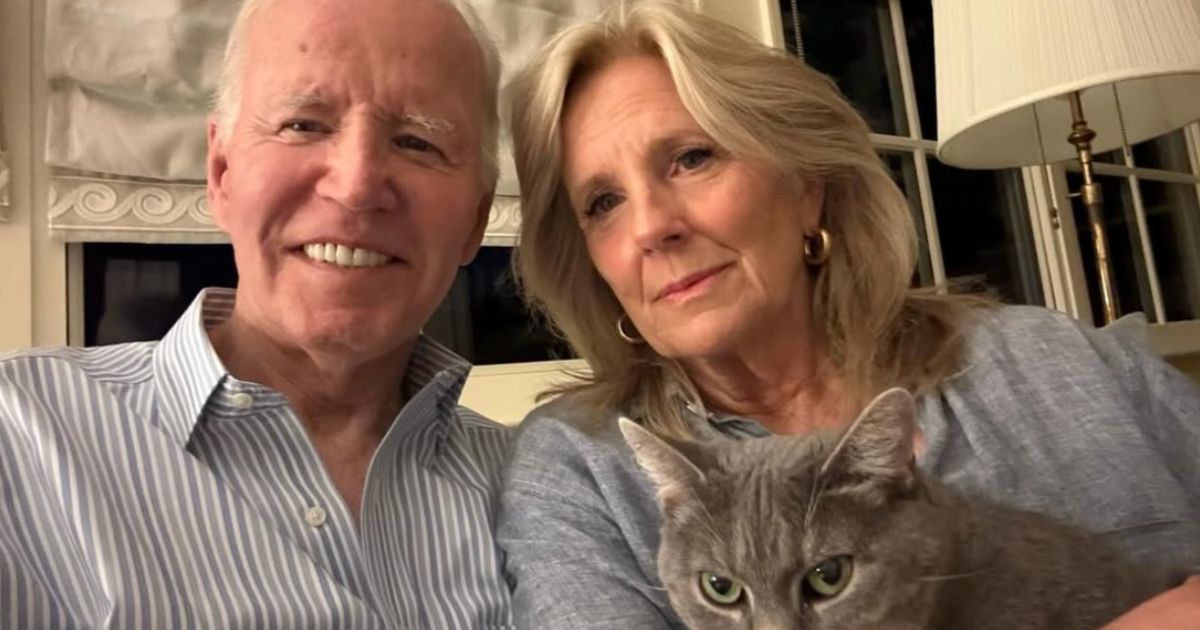White smoke has cleared — and now, history is being written.
Cardinal Robert Francis Prevost of Chicago has been elected as the new head of the Roman Catholic Church, taking the name Pope Leo XIV — and becoming the first American pope in the Church’s 2,000-year history.
The announcement came Thursday evening from the famed balcony of St. Peter’s Basilica, where French Cardinal Dominique Mamberti stepped forward and uttered the iconic words:
“Habemus Papam!” (We have a pope!)
Dressed in fresh white papal robes, the 69-year-old stepped onto the balcony to thunderous applause and chants of “Viva il Papa!” from a packed St. Peter’s Square.
From Illinois to the Vatican
Born in the south suburbs of Chicago, Pope Leo grew up attending St. Mary of the Assumption parish near Dolton, Illinois. But his journey to the papacy has been anything but provincial.
“Some of us dreamed of it as kids, but for him, it felt like a calling,” said John Doughney, a former classmate from St. Mary’s.
Ordained in 1982, he earned a doctorate in canon law in Rome and then spent two decades serving in Peru, where he later became bishop of Chiclayo — and even became a naturalized Peruvian citizen.
Fluent in Spanish and Italian, Leo represents what insiders are calling a bridge pope — someone capable of navigating the global church’s growing diversity while maintaining roots in both American and Latin traditions.
What Kind of Pope Will Leo Be?
In his first remarks to the world, Leo expressed a message of unity and humility. That fits with what insiders say has been his style all along.
“The bishop is not supposed to be a little prince sitting in his kingdom,” Leo said in a past interview. “He is called to be humble, to walk with the people, to suffer with them.”
The Rev. Michele Falcone, speaking to The New York Times, described him as “the dignified middle of the road,” a figure who could unite competing factions within the Church. That likely helped him emerge as a consensus candidate during a conclave that was reportedly divided between progressives and conservatives.
Critics of Vatican bureaucracy also saw Leo as an appealing choice compared to establishment figures like Cardinal Pietro Parolin, the Vatican’s Secretary of State and another favorite going into the conclave.
“He may have been seen as less tainted by internal politics,” said Professor Daniel Rober of Sacred Heart University.
What Does the Name Leo XIV Mean?
The new pope’s chosen name, Leo, nods to past reformers like Pope Leo XIII, who steered the Church into the modern era during the 19th century. The title may signal an intention to blend tradition with modern pastoral outreach, similar to his predecessor Pope Francis — though with his own tone and emphasis.
If he had chosen Francis II, some speculated, it would have signaled near-total continuity. Leo, instead, suggests a subtle shift.
A Global Conclave, A Global Pope
This year’s conclave was one of the most globally diverse in history, with cardinals from Burma, Tonga, Cape Verde, and other newly represented nations.
In total, 133 cardinals cast votes, needing a two-thirds majority to elect a new pontiff — a threshold reached surprisingly quickly after just three rounds.
“Each papacy builds upon the last, but each pope brings his own distinct personality,” said Catholic Association fellow Mary Hallan FioRito.
Pope Leo XIV now steps into one of the most high-pressure spiritual roles on Earth — leading over a billion Catholics across an increasingly complex and fractured world.
But for now, the bells are ringing, the crowds are cheering, and history has been made.





